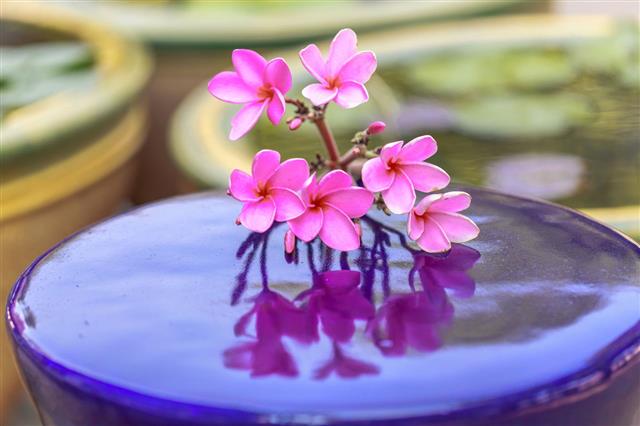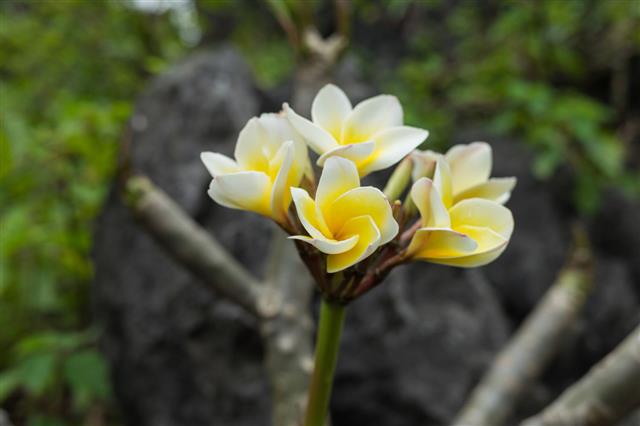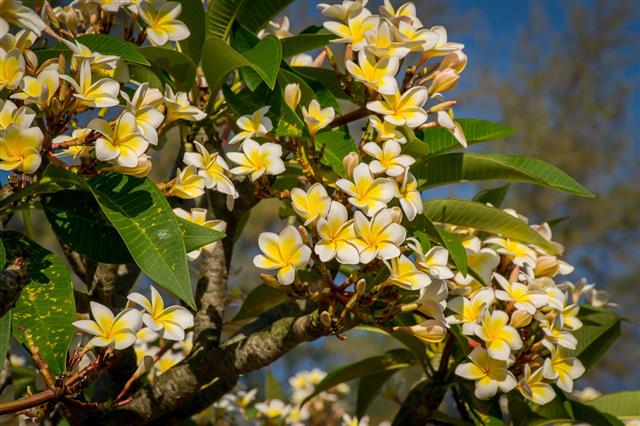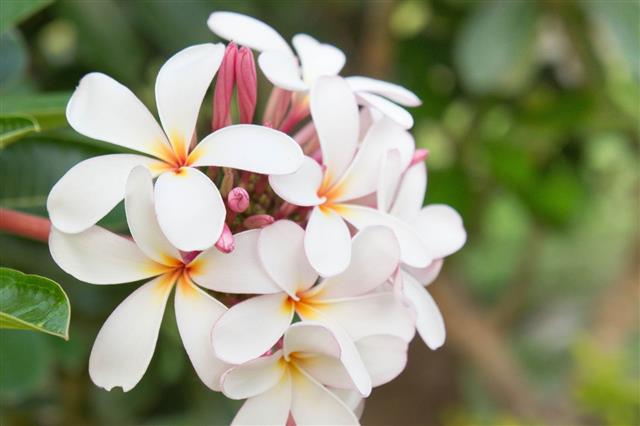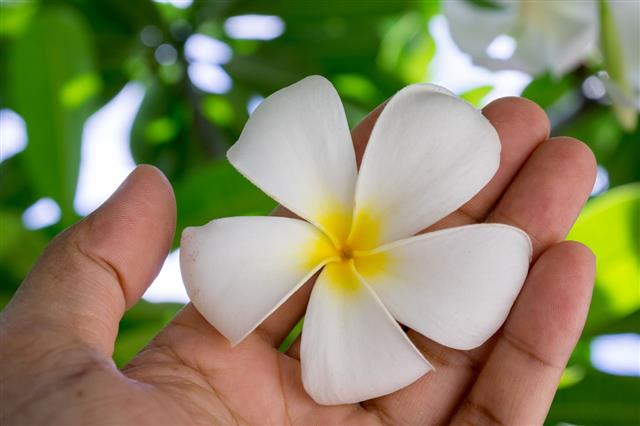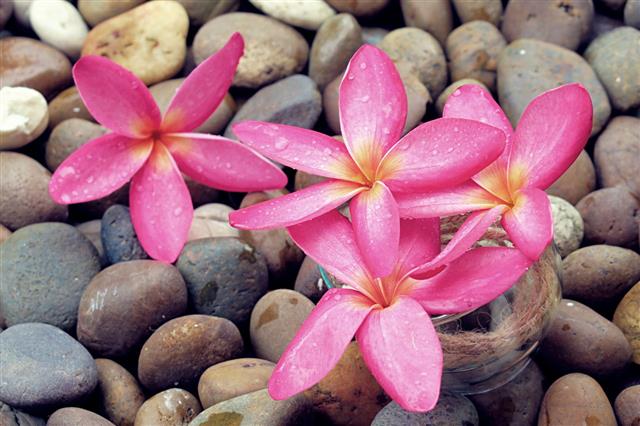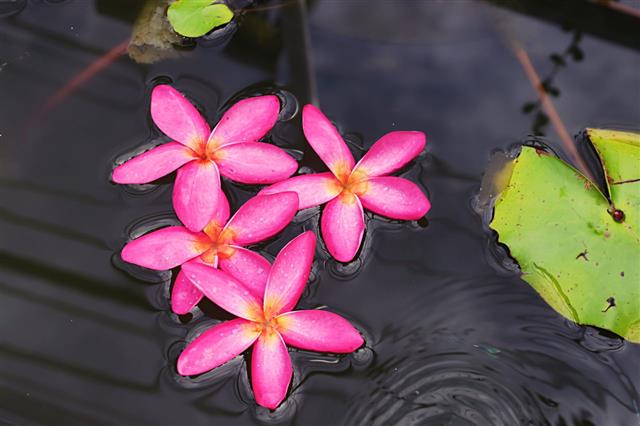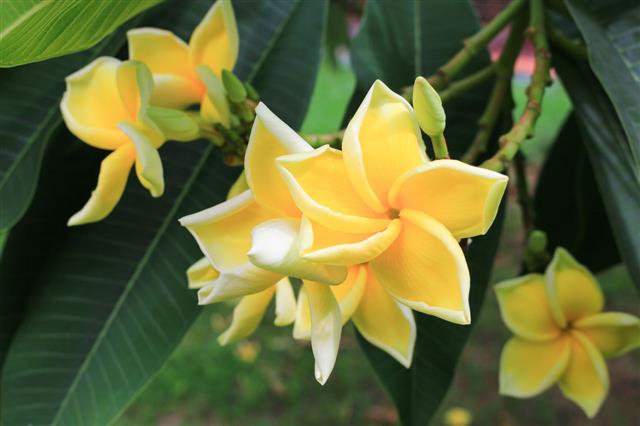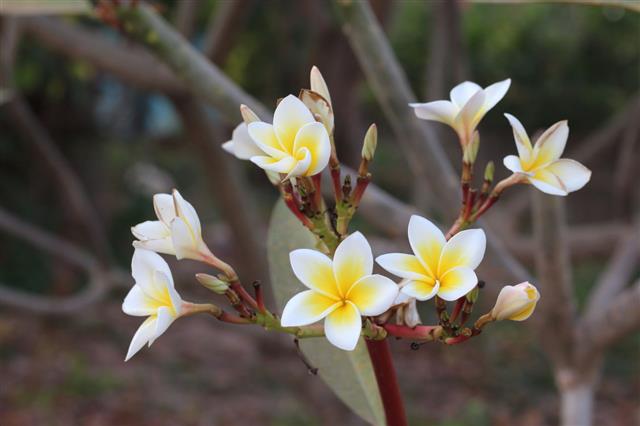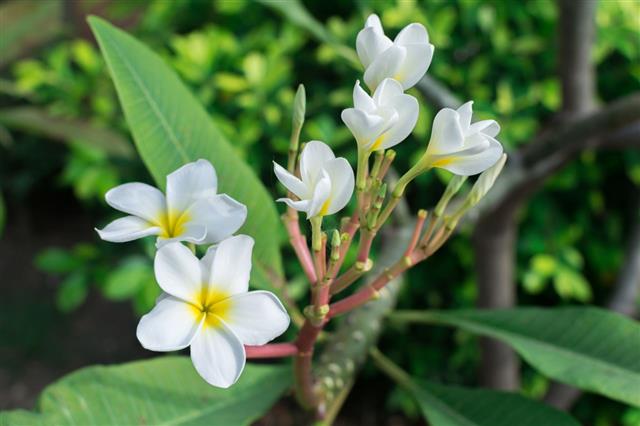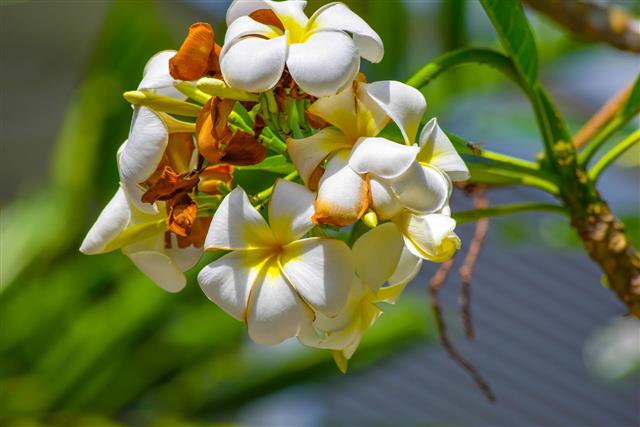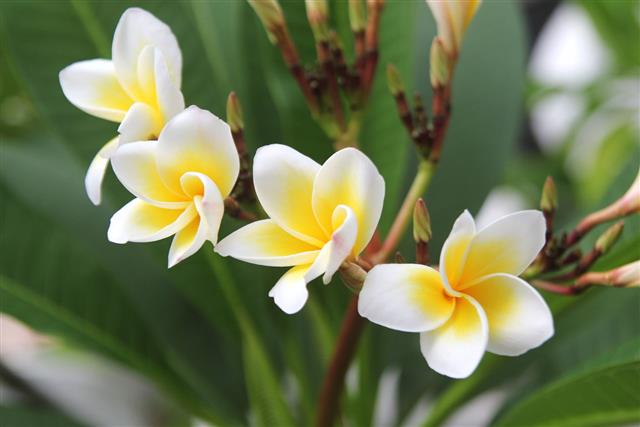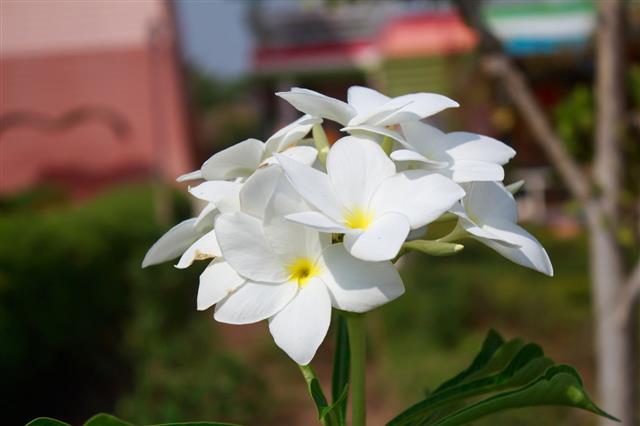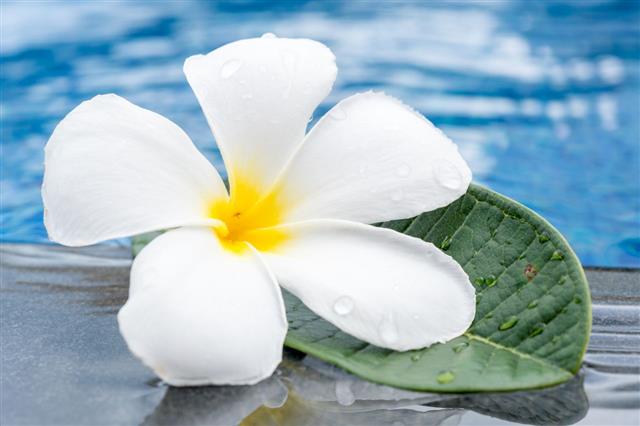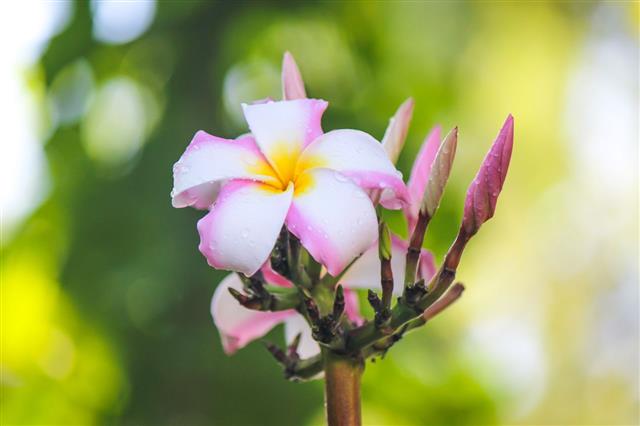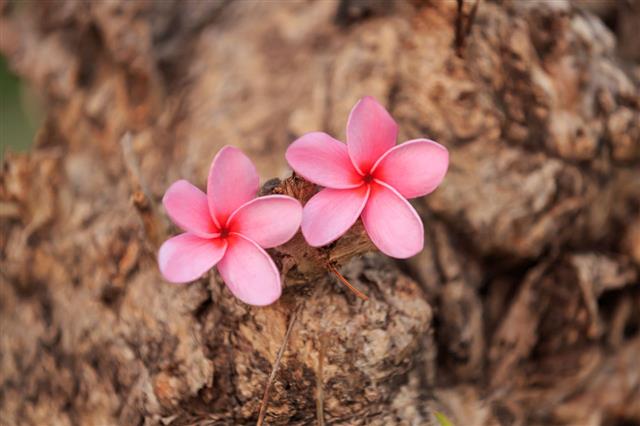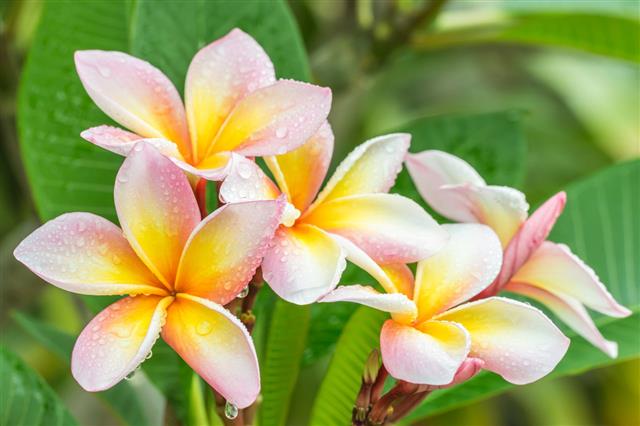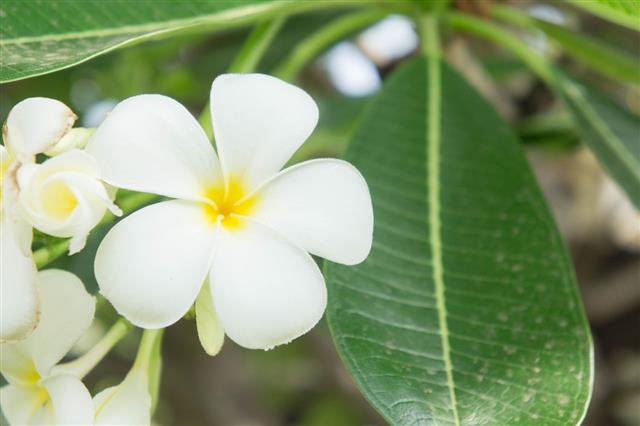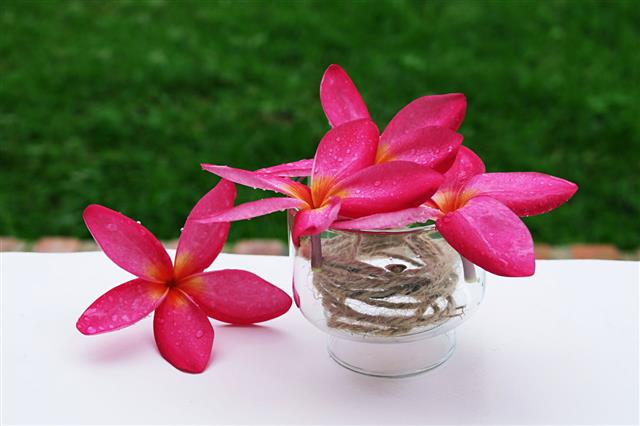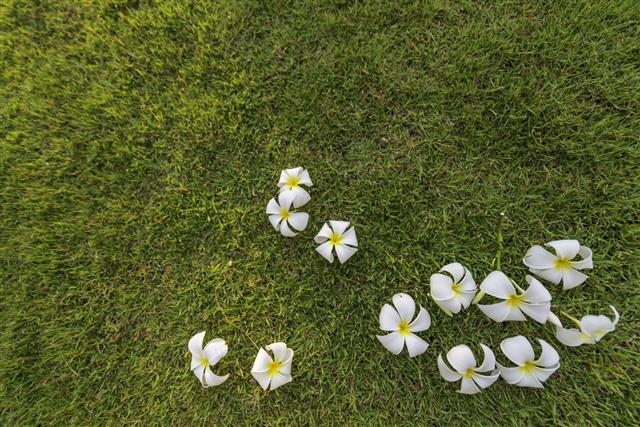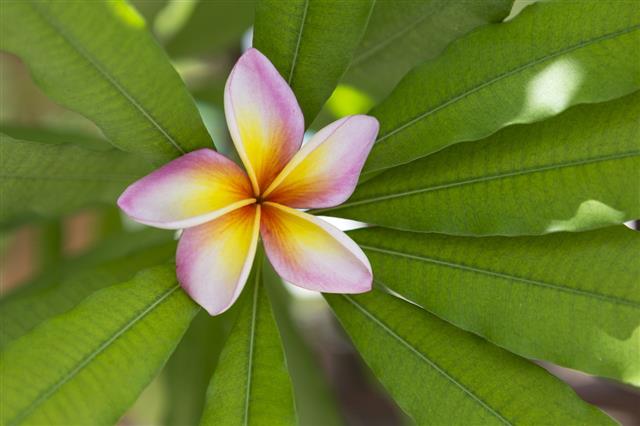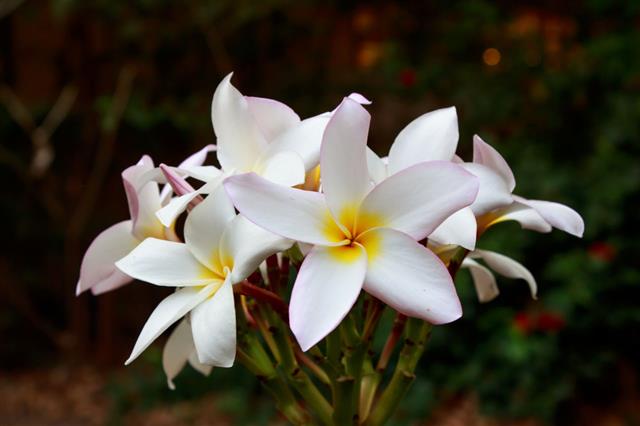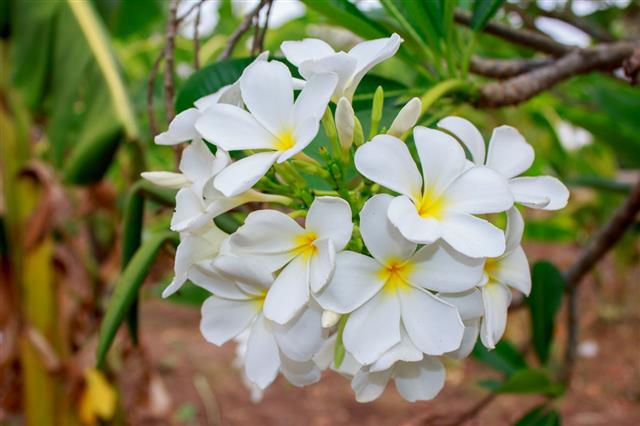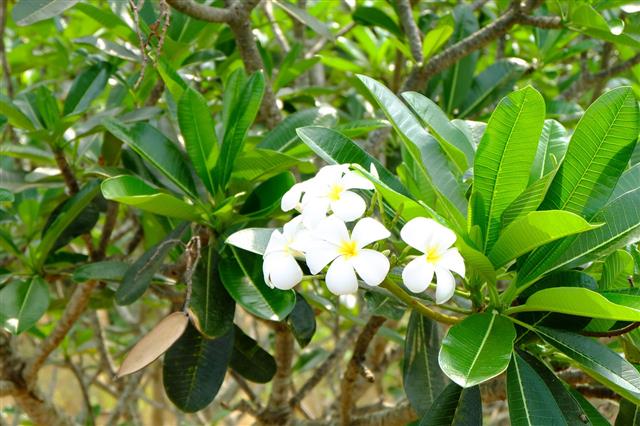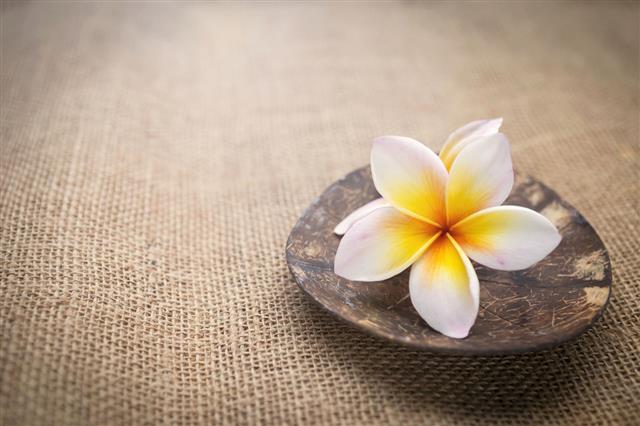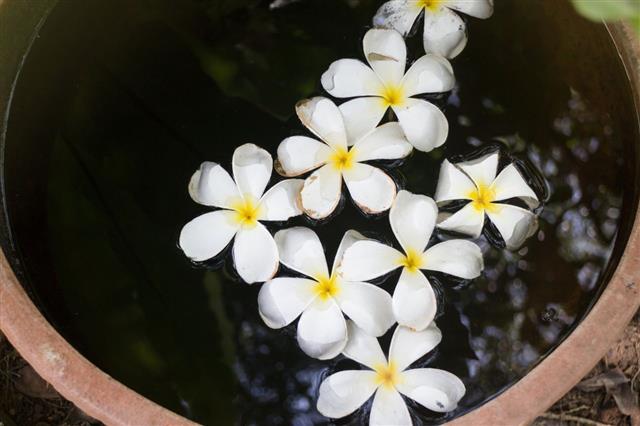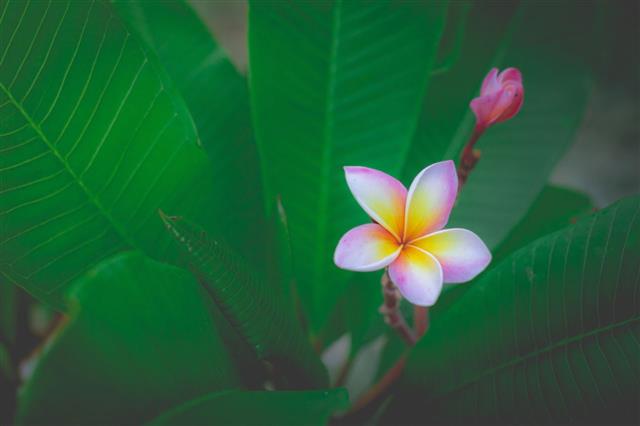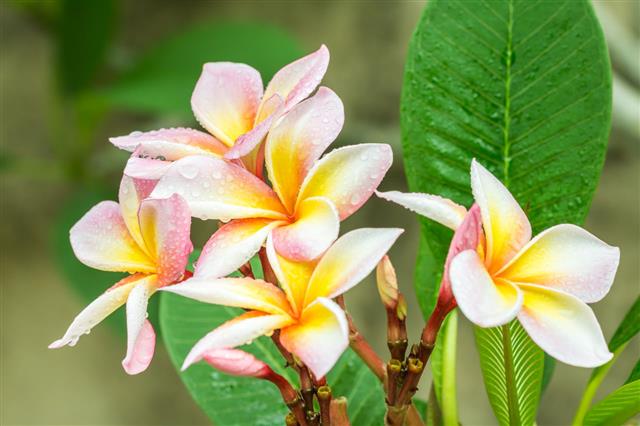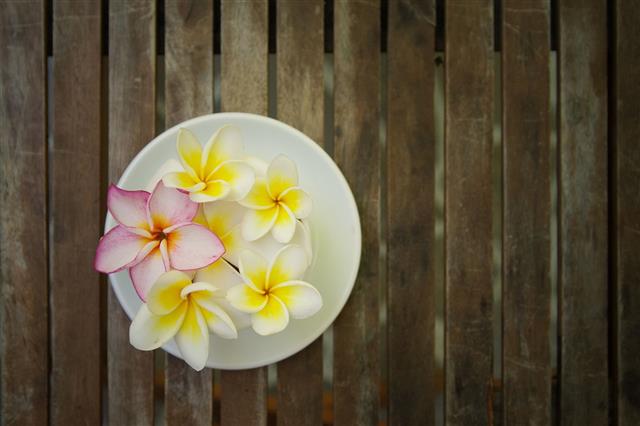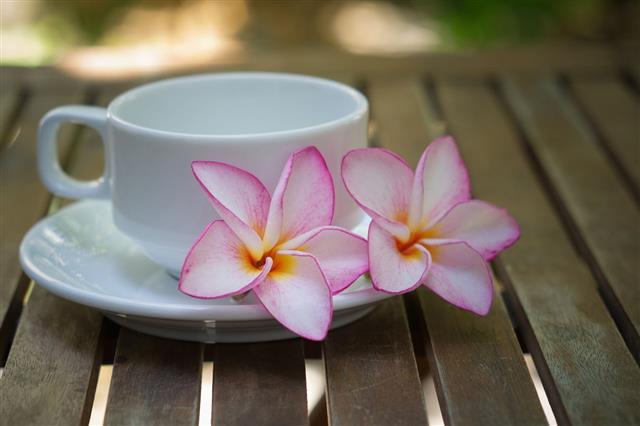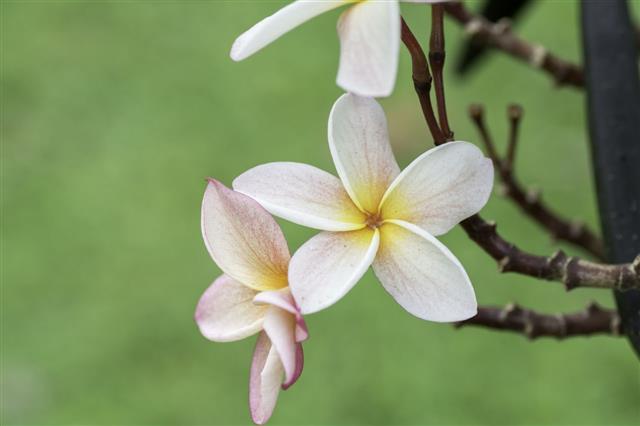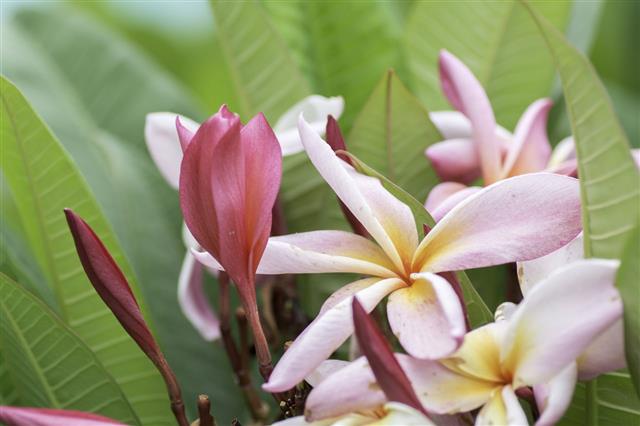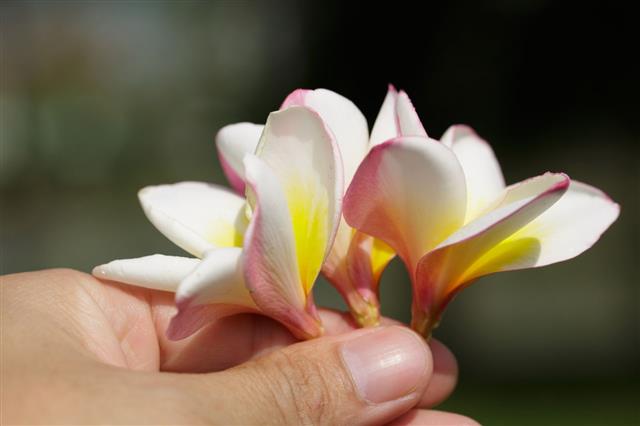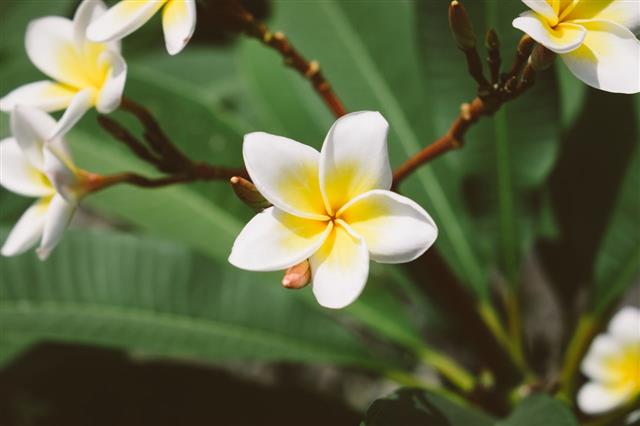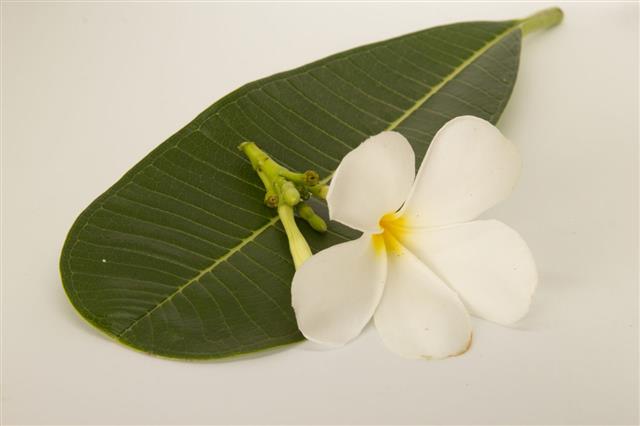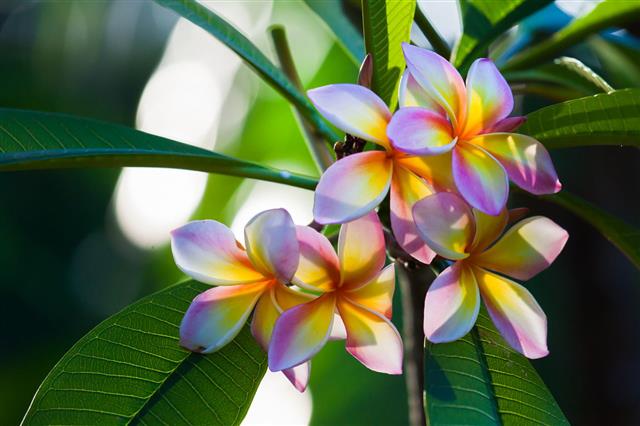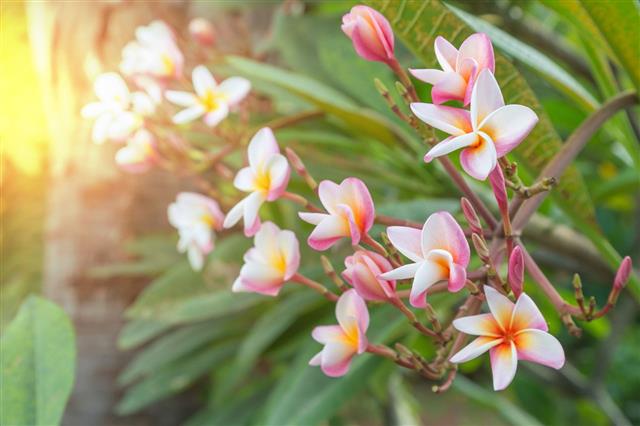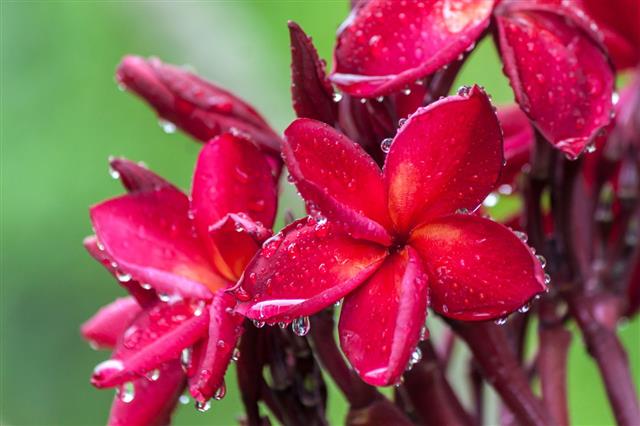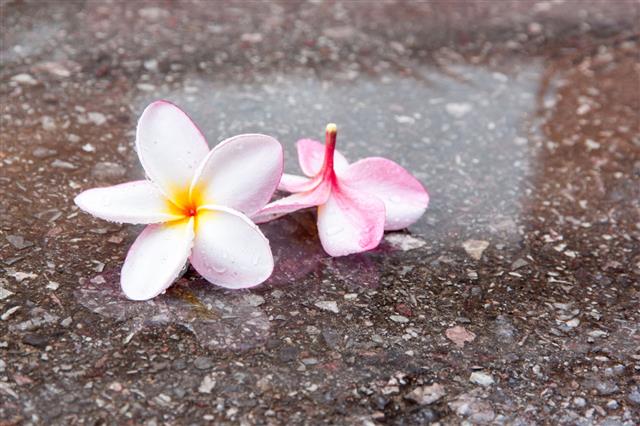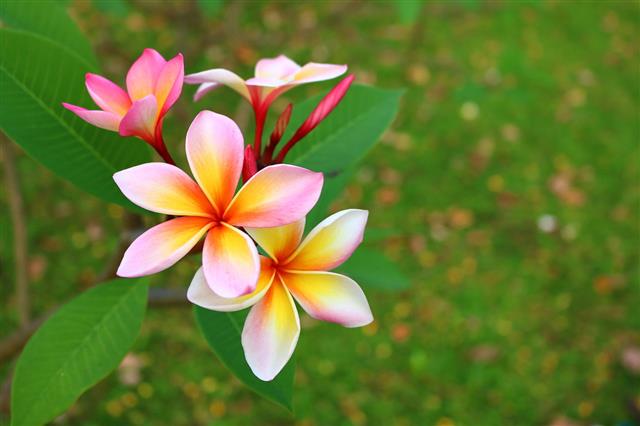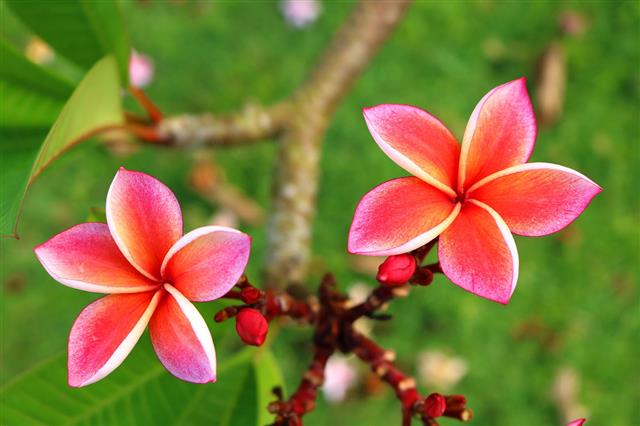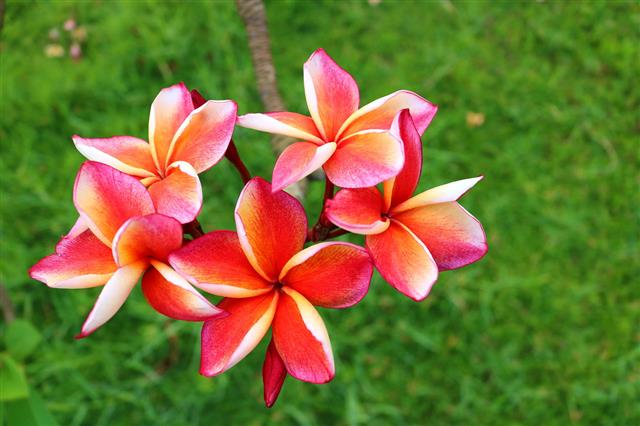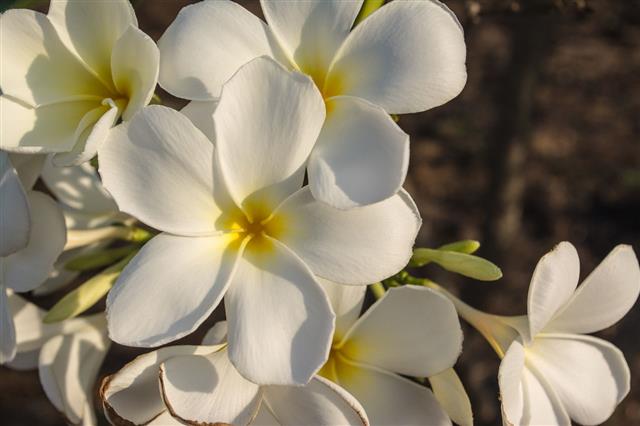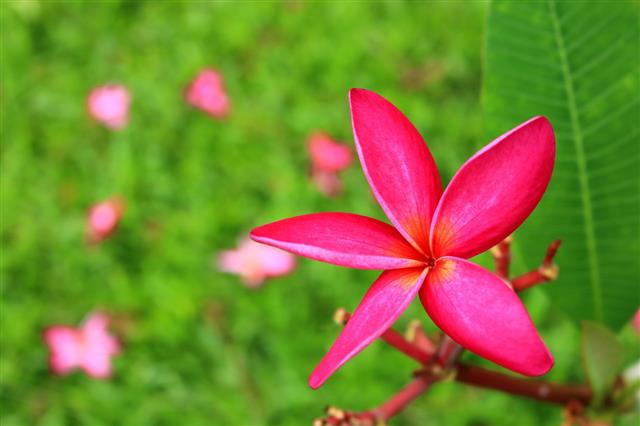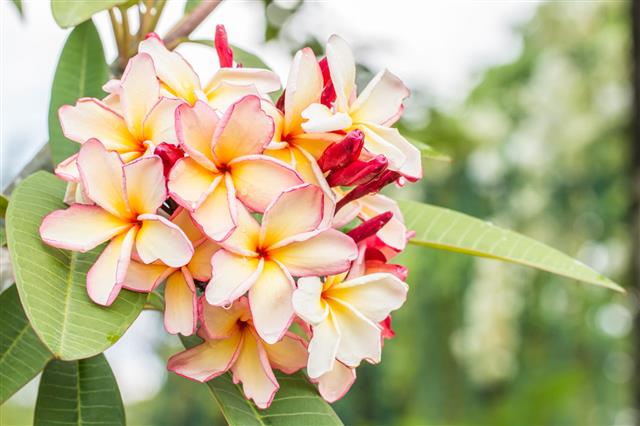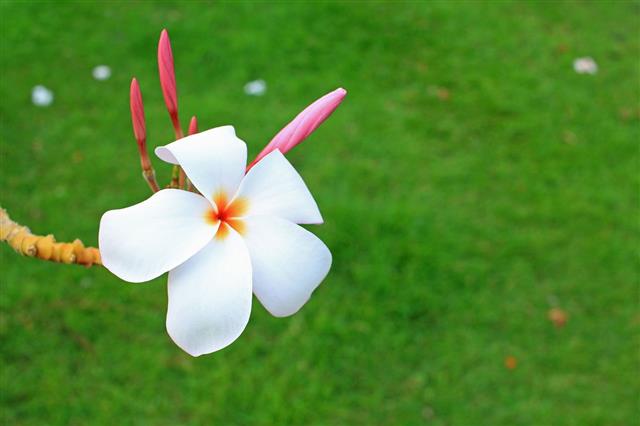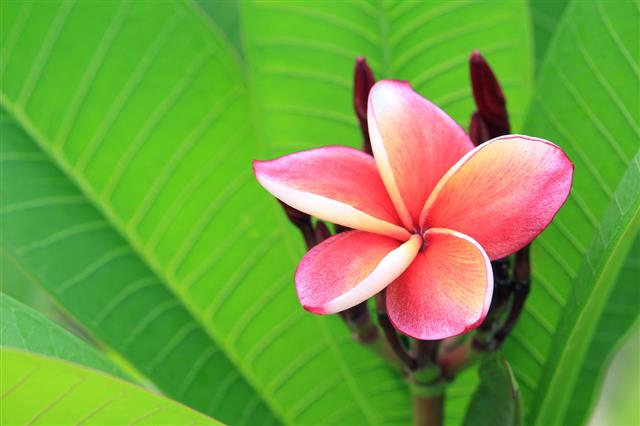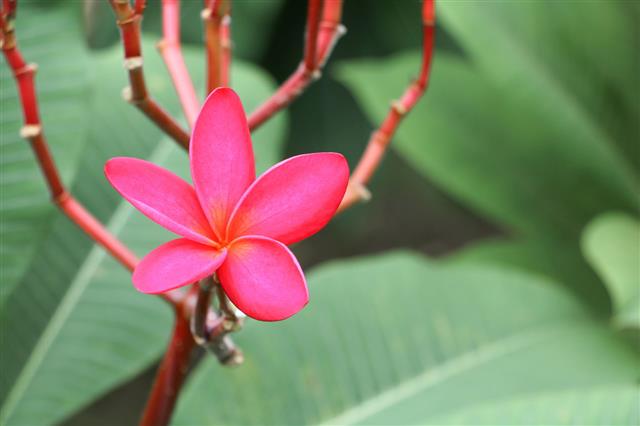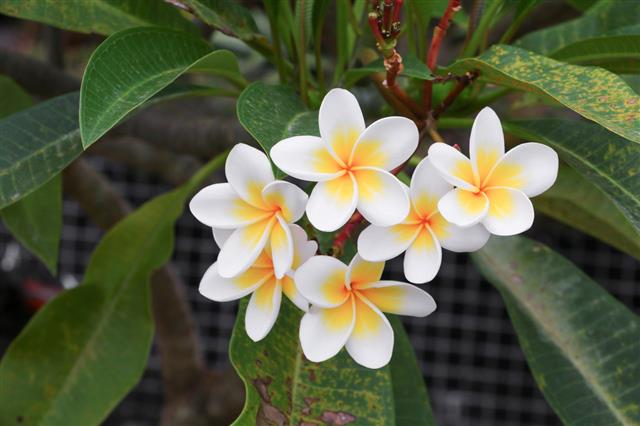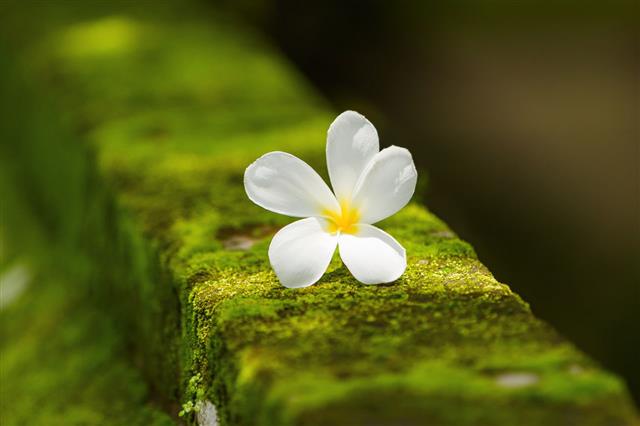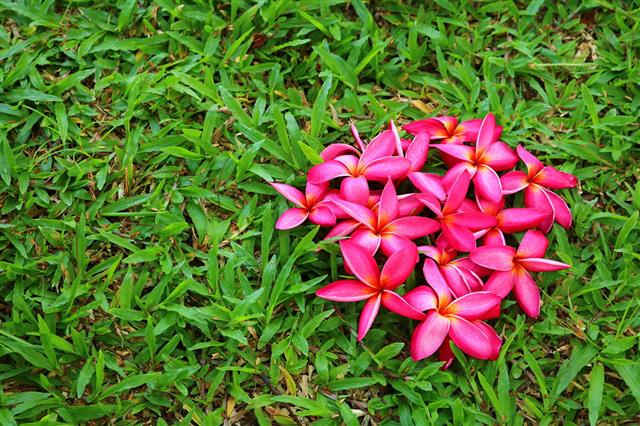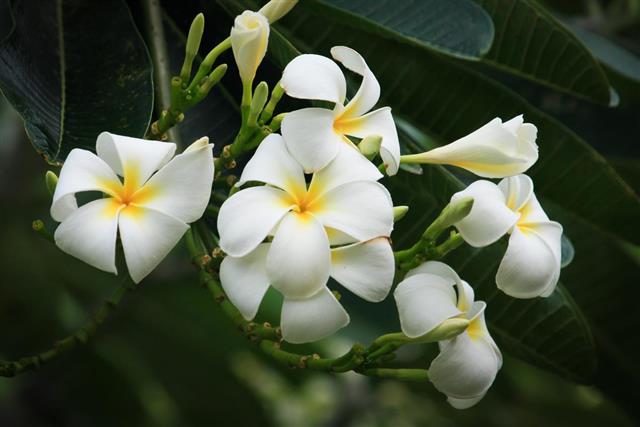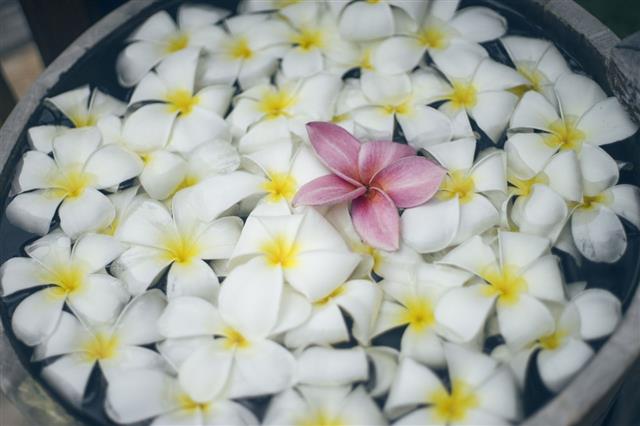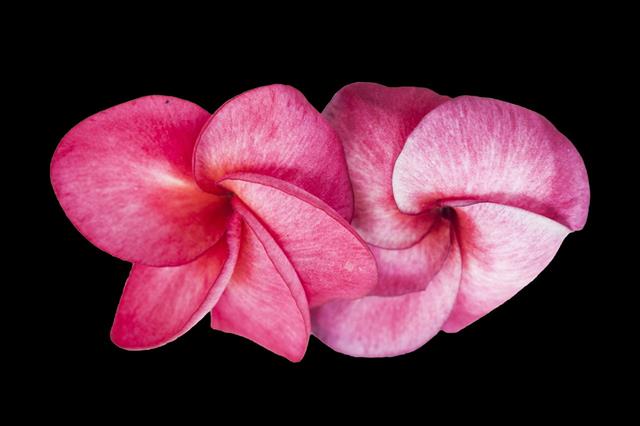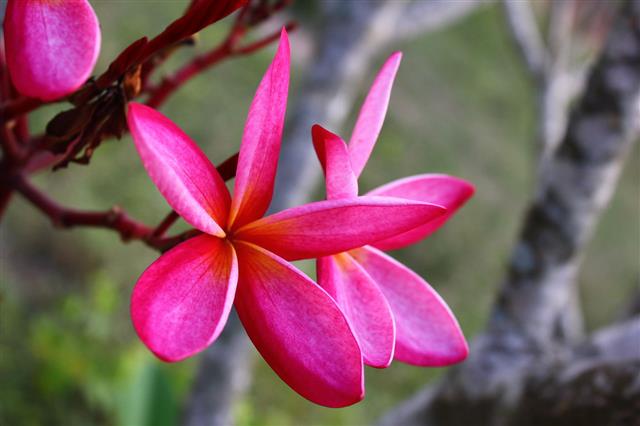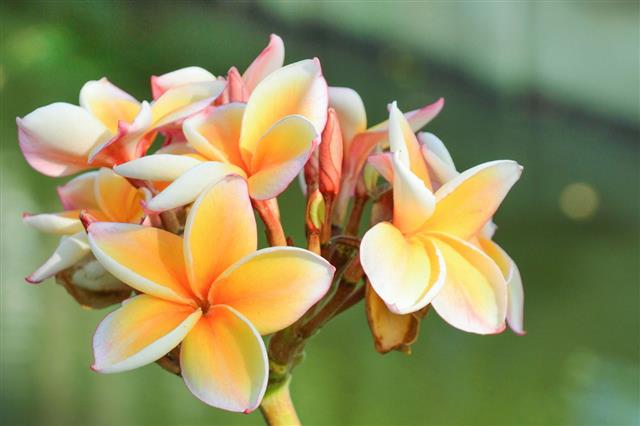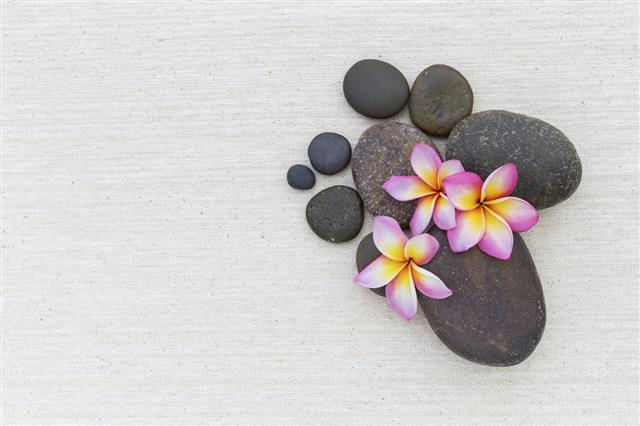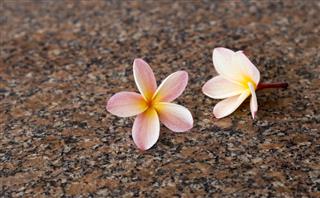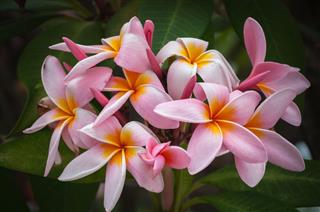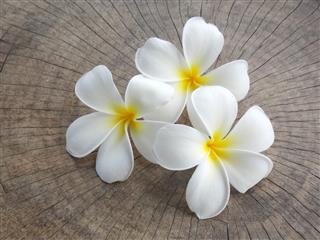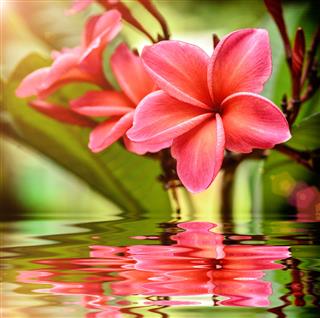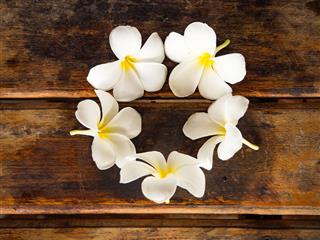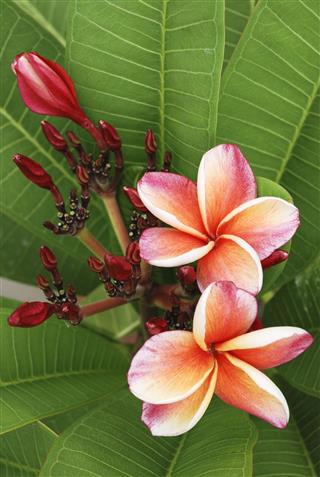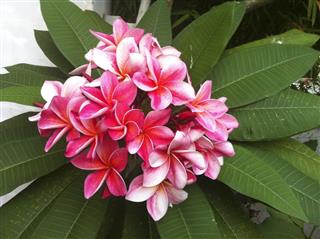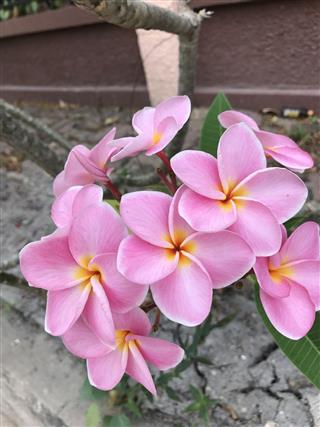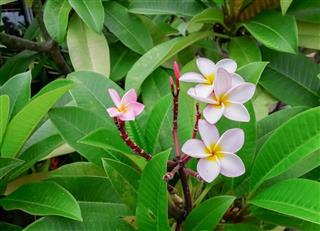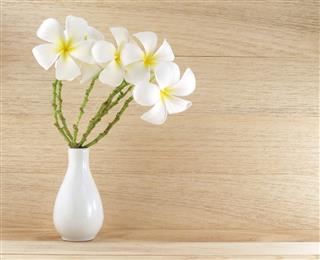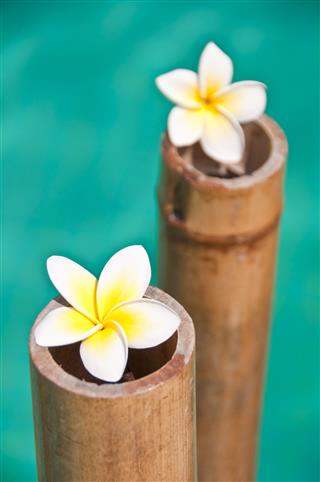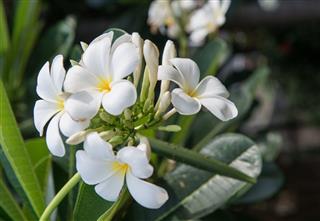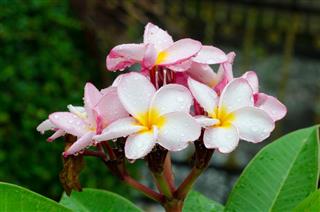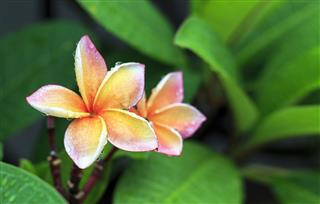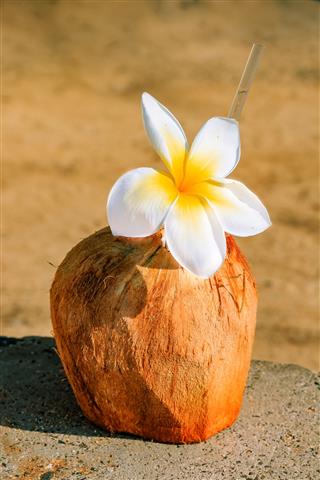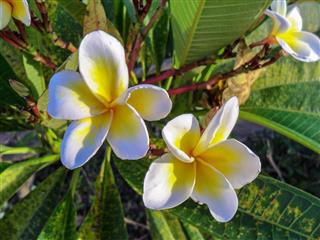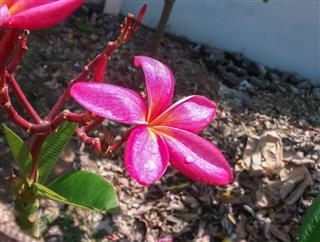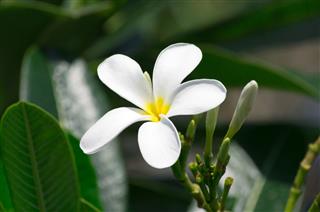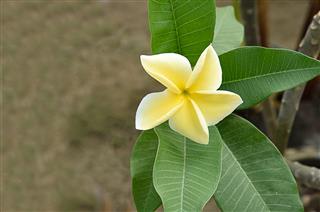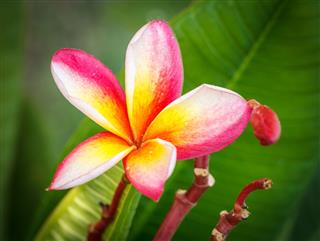
Plumeria, commonly known as frangipani, is one of the sweetest and most pleasant flowers. It has many meanings and symbolism associated with it. Some of its significance and other essential details are listed herewith.
Plumeria is the national flower of countries ‘Laos and ‘Nicaragua’.
Did you know that every flower has a meaning of its own? Well, you may be aware that the rose universally symbolizes love and passion, while the Madonna lily symbolizes purity. Similarly, there are many meanings associated with plumeria flowers.
Plumeria is a genus of beautiful flowering plants. They are native to sub-tropical or tropical climates, and commonly found in Southern, Central America, and southern Asia. There are nearly three hundred plumeria varieties known to man, but the ‘Plumeria alba’ is the most popular one. These flowers are extremely attractive, and are found in white, cream, yellow, pink, and red colors. They have a powerful fragrance, that gets stronger at night.
Significance of Plumeria
~ These flowers primarily symbolize beauty, charm, and grace. Plumeria flowers, with their beautiful colors and fragrance, symbolize natural beauty. Secondly, they represent spring, new life, new beginning, or birth.
~ You will find these flowers depicted on several forms of art like paintings, jewelry, etc., because of their attractiveness. They are also used for making scents and perfumes. In fact, the name ‘Frangipani’ comes from the name of an Italian nobleman, Marquis Frangipani, who had made a perfume with this scent in the sixteenth century.
~ The plumeria stands for both, creation and recreation. It also stands for paragon or flawlessness.
~ The plumeria flower has a special significance in the Hawaiian culture, as it symbolizes everything that is positive. It is used for making leis and jewelry in Hawaii.
~ Interestingly, plumeria flowers also have a significance in the Hindu culture. Dedication and devotion are the qualities represented by this flower.
~ In some parts of South India, garlands of plumeria flowers are used in weddings. Sometimes, the flowers are also worn in the bride’s hair.
~ The Buddhists associate plumeria with immortality. This is because the plant can bear flowers even after it is uprooted.
~ Did you know that plumeria flowers are found in ancient Mayan art? The Mayans associated these flowers with life and birth.
~ In the Chinese culture, plumeria is considered more special than orchids and is associated with love. A lover usually gives this flower to his beloved to express his feelings.
~ According to the Vietnamese culture, the plumeria flower is believed to have healing powers. In ancient times, it was used for treating inflammation on the skin.
It is because of their several meanings, significance, and symbolism, that plumeria tattoos are very popular these days. These are usually considered feminine tattoos and can be made on any part of the body. These beautiful and colorful flowers will make eye-catching and meaningful tattoos. Here is a brief account of how you can care for the plant.
Plumeria Plant Care
It can be grown in a pot, a container, or on the garden ground. It needs light and should be exposed to sunlight 6-7 hours every day. However, make sure it does not get burned by the hot scorching sun. In winters, plumeria can be placed indoors. Do not to expose it immediately to the sunlight.
Plumeria does not require excess water. You should water it simply to wet the soil and maintain the moisture. Avoid making it soggy. Plumeria bears flowers starting from early summer and continues till the beginning of fall. The blooming period depends on the age of the tree. Similar to other flowering plants, plumeria needs fertilizers. Nitrogen- or phosphorus-based fertilizers that are water-soluble are recommended for these flowers. Lastly, you should remember to take care of plumeria in winters and very hot summers.
Once planted, you will definitely love to watch your plumeria plant grow and blossom with beautiful and fragrant flowers. With a plant, or a tattoo, or any other art, enjoy the beauty of these pretty flowers. Ciao!
